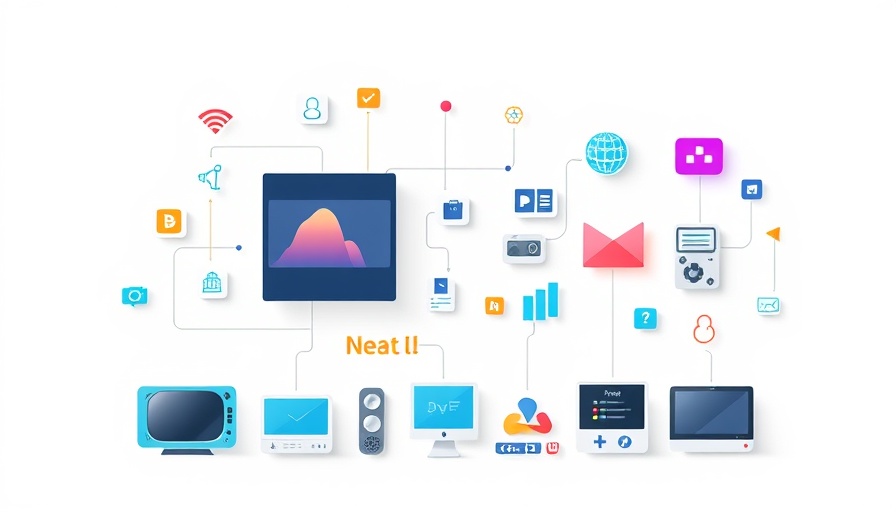
Digital Marketing Evolution: What’s Next in 2025?
The digital marketing landscape is constantly shifting, and as we look ahead to 2025, it's crucial for professionals and business owners to stay ahead of emerging trends. From leveraging AI for personalized experiences to tapping into the power of augmented reality (AR) in advertising, the next few years could redefine how brands interact with consumers. Marketing automation will play a vital role in streamlining operations and tailoring content to individual preferences, enhancing user experiences and conversion rates.
Harnessing AI for Personalization
One of the most exciting trends transforming marketing strategies is the use of artificial intelligence (AI) to enhance personalization. With the vast data available today, businesses can deploy AI-driven analytics to gather consumer insights, improving targeting accuracy. As a result, campaigns can be hyper-tailored to specific audiences, creating a more engaging and memorable customer journey. For example, Netflix and Spotify are already leveraging AI algorithms to suggest content that matches user preferences, thereby keeping audiences hooked.
Augmented Reality and Virtual Reality: The New Normal
Augmented Reality (AR) and Virtual Reality (VR) are no longer just buzzwords; they are becoming essential tools in digital marketing. Companies like IKEA allow customers to visualize furniture in their homes through AR apps, making the shopping experience interactive and personalized. Similarly, VR can bring brands to life, allowing consumers to engage with products in immersive environments. As more brands adopt these technologies, they won't just push products but create engaging narratives that connect emotionally with consumers.
The Rise of Voice Search Optimization
As smart speakers like Amazon Echo and Google Home gain popularity, voice search optimization is becoming critical for digital visibility. By 2025, experts predict that 50% of all searches will be voice-based, making it essential for marketers to optimize their content accordingly. This shift emphasizes the need for natural language processing and understanding how consumers phrase their queries verbally. Adapting SEOs for voice search can lead to improved traffic and brand engagement.
Data-Driven Marketing: The Future Standard
The demand for analytics in driving marketing strategies is increasing dramatically. Companies that harness big data and analytics tools can uncover valuable insights that shape their outreach efforts. Understanding consumer behavior trends and preferences means brands can anticipate market shifts and respond proactively. Marketing attribution models are emerging as vital tools that allow businesses to understand which channels contribute most significantly to conversions, enabling them to allocate resources more effectively.
Video Marketing: A Cornerstone for Engagement
Video content has proven to be a powerful medium for engaging audiences, offering an authentic connection that often leads to higher conversion rates. Marketers should focus on creating high-quality, short-form videos that tell quick, compelling stories, especially on platforms like TikTok and Instagram. In 2025, live streaming will likely remain a powerful tool for real-time engagement, allowing brands to connect with their customers in an unfiltered manner.
The Evolving Landscape of Social Media Marketing
Social media will continue to be a pivotal platform for digital marketing, evolving with new functionalities and user expectations. By 2025, brands will need to leverage sophisticated social media marketing strategies, integrating e-commerce features directly into platforms. This shift will cater to the growing consumer preference for seamless online shopping experiences. Furthermore, influencer marketing will likely see a transformation as businesses shift focus from mere follower counts to engagement metrics to establish authentic partnerships.
Ready to Transform Your Marketing Strategy?
Staying informed about these trends and adapting your strategies will not only set you apart from competitors but also position your brand at the forefront of innovation in digital marketing. Whether through the implementation of AI technologies, embracing AR and VR, or optimizing for voice search, the future of marketing is about creating richer, more personalized consumer interactions. By engaging deeply with these strategies now, you’ll be prepared for the marketing landscape of 2025.
 Add Row
Add Row  Add
Add 




Write A Comment